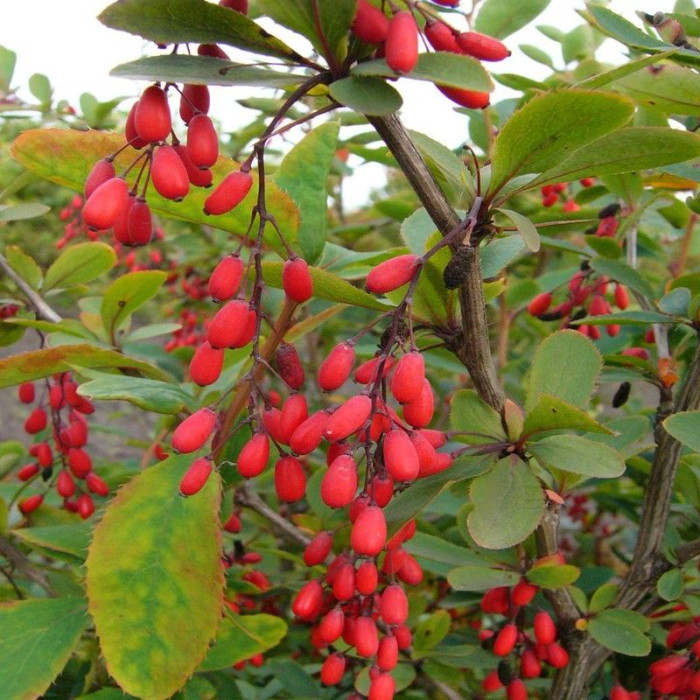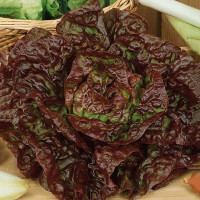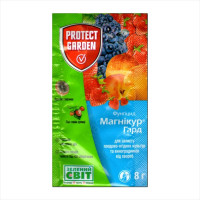Barberry also known as common barberry, European barberry / Berberis vulgaris - is a tall, strongly branched, prickly shrub, up to 2.5 m high, with creeping, woody rhizomes. Shoots are faceted, erect, yellowish or yellowish-purple, later whitish-gray.
Buds up to 1 mm long, sharp, glabrous, surrounded by dilated remaining leaf sheaths. Normal leaves develop on shortened shoots, and thorns instead of leaves on elongated shoots. Leaves - alternate thin, obovate or elliptical, up to 4 cm long, 2 cm wide, wedge-shaped narrowed towards the base, with a rounded, less often somewhat pointed apex.
The flowers are yellow, 6-9 mm in diameter. Each flower has six obovate sepals and petals. The brush consists of 15-25 flowers. At the base of the flower are bright orange nectaries. One pistil, many stamens. The fruit is a berry, oblong-elliptical, bright red or purple, up to 12 mm long, has a sour taste. Blooms in April - May. The fruits ripen in September - October.
Prefers light and dry areas. It also occurs on chalk outcrops and river pebbles. Propagated by seeds and vegetatively.
Widely cultivated in gardens and summer cottages. Notable for its beautiful rounded crown shape, mass flowering for almost three weeks. Especially decorative in autumn, in fruits. Suitable for creating impenetrable hedges, including sheared ones.

No questions about this product, be the first and ask your question.

























